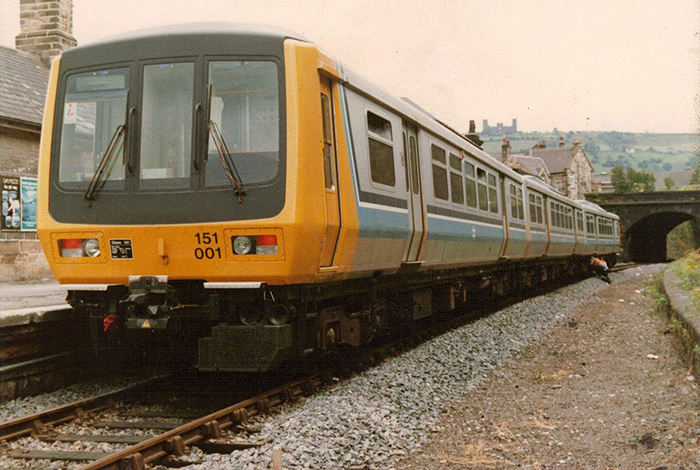

 STUART JORDAN offers a brief history of the development of diesel railcars.
STUART JORDAN offers a brief history of the development of diesel railcars.
Diesel Railcars were developed in Britain in order to compete with the rising popularity and convenience of country bus travel. Both LMS and GWR introduced diesel railcars in 1934. GWR already had produced steam railcars, but diesel versions would be cheaper to run.

LMS Armstrong Whitworth Railcar.
The LMS railcar was a functional machine which ran on their broad-gauge lines in Northern Ireland. It was effectively a coach powered by two Leyland diesel engines, with an elevated cab at either end for the driver. The railcar could be coupled between two other coaches to form one full multiple unit and carry a maximum of 278 passengers. The LMS railcar managed its main objective of being cheaper to run than a locomotive-hauled train.

Promotional image of the new GWR diesel railcar alongside the steam train it was supposed to replace.
On the other hand, the GWR railcar was a streamlined affair, built to reflect the popular design aesthetics of the period. They were constructed by the bus manufacturer AEC rather than at Swindon Works. A flashy piece of publicity, the GWR railcar was only a single unit that could carry 40 passengers with a buffet at one end. This railcar had a top speed of 75mph, which meant that it was capable of being used on cross-country intercity routes, making it's debut running between Birmingham and Cardiff.

The streamlined front of the GWR railcar.
Eventually, 38 railcars ran on the GWR network, with some twin sets produced for mail/parcel and branch line work. Their use on intercity lines made the routes so popular that GWR eventually, somewhat ironically, had to replace them with the longer conventional trains that the railcar was supposed to replace.

BR Class 151 Sprinter DMU, introduced in 1985.
The GWR railcar survived into the British Railways era. The efforts to electrify the Southern network meant that the electric multiple unit was king, but the diesel railcar influenced the design of later BR diesel multiple units like the Sprinter series used on short and medium distance routes. Later branch line units such as the Pacer, although influenced by German two-axle railbuses, would carry on the railcar legacy.